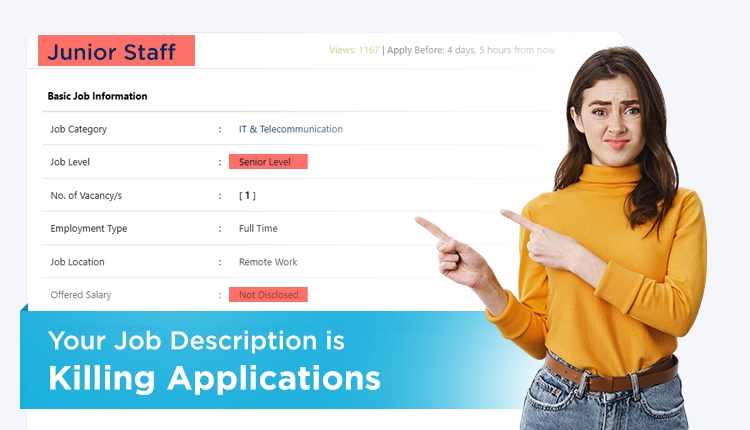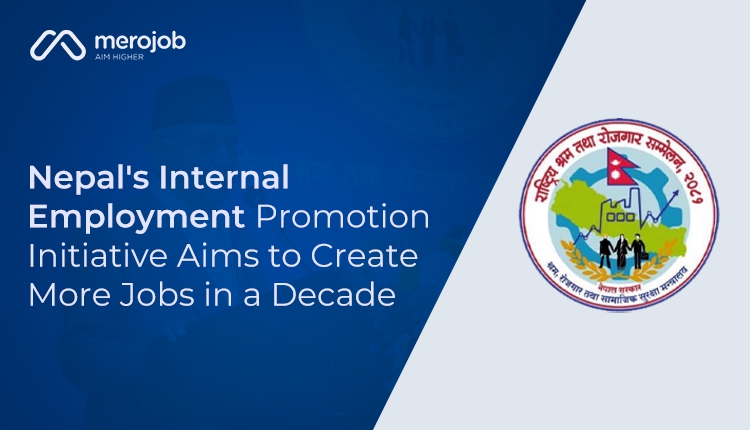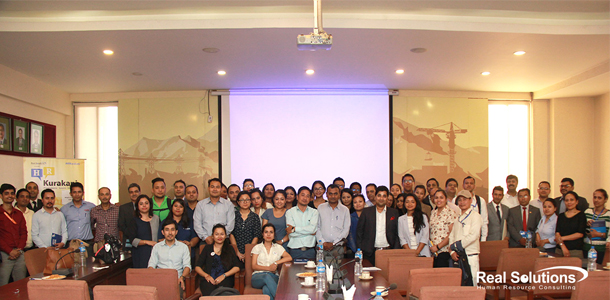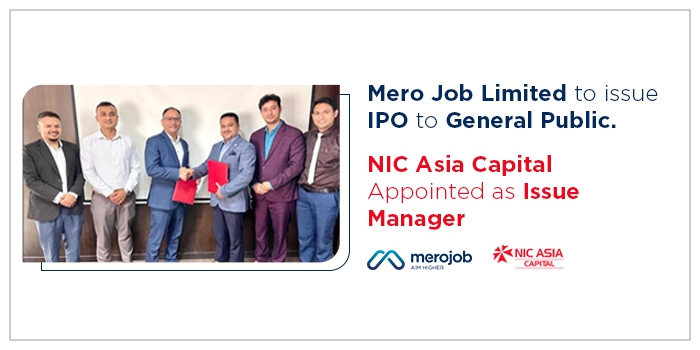Employee profiles describe the story of each and every member of an organization. With the increase in the size of the organizations, there has also been demand for a large number of employees. The larger the company, higher will be the need to for easy access to employee’s information. So, a recent trend in today’s organization is towards maintaining a detailed and easily accessible employee profile for each and every employee in the organization.
Employee profiles are central instruments in the management of staff that keeps track of the personal as well as professional information about their employees. Also, maintaining an employee profile reveals the knowledge, abilities, skills and experiences of the employees. Moreover, an employee profile should also describe the employee’s technical and methodological proficiencies, social and communicative skills, trainings, personal competencies, medical information, etc.
With all these benefits provided by maintaining a complete and detailed employee profile, organizations today are adapting various tools and technologies for recording and maintaining their employee’s profile online. Through this article, we will guide you on what to include in an employee profile and also provide you with the proper tools to develop and maintain your employee’s profile.
What to include in your employee profile?
The employee profile consists of various sections like brief information, general information, work experiences, medical history, etc. of the employees. Let’s have a look on what information to include in each section;
Brief Information about the Employee
The first section of the employee profile should be developed such that it provides brief information about the employee. The brief information should include the employees’ details such as name, age, gender, designation in the company, joined date, date of birth, etc. It should be noted that this section provides just a briefing about the employee’s personal and professional details.
General Information about the Employee
This section provides the detailed general information about the employees. General information includes the information such asuser name, address, age, email id, phone number, nationality, type of employment, bank account number, etc. Keeping track of your employee’s general information will keep you updated even if the details of the employee’s changes. For example, if an employee changes his/her phone number or address, they will update it accordingly. This will help both the employer and the employee to keep track with the latest updates.
Employment History of the Employee
Employment history in an employee profile lets you know about the department in which the employee works in the organization and also their designation in their department. It will also provide you information regarding their job location, job start date, completion date and also the status of the job of the employee.
With the use of this section, you’ll be able to keep track of employees working as permanent, temporary, contract or as an intern. The tenure of the employee will also be displayed in this section of your employee profile.
Medical Information of the Employee
Keeping and updating the medical information of the employees is very important to the organization. Especially, to the companies that provide medical benefits and health insurances. This is why, the employee profile should also contain a section that provides medical information such as blood groups, smoking and drinking habits, current medications, physical disabilities, if any, etc.
Academic Records of the Employee
Along with employment history, general information and medical information of an employee, the employee profile should also include the academic qualification or educational records of an employee. This section will outline the educational background of the employee.
You can use this information to identify if your employee has necessary academic qualifications to perform other jobs. For example, if a company wants to create a new department in the organization, they can conduct internal recruitment for the given department.
Also, if the employees pursue higher studies, they can update their educational details accordingly.
Work Experience of the Employee
This is an essential section of your employee profile. It outlines the past working experience of the employees along with the tenure of the employees in those organizations. Recording the work experience of the employees in their profile will help to understand their nature of employment in other organizations and also reveals their job stability. With this information, employers can also analyze and predict the tenure of their employment in the organization.
Training Records of the Employee
An employer should be well aware of the trainings received by their employees. It will make them aware of their employee’s skills and abilities. With the change in the technologies and work procedure, employees today participate in various training programs. It will help them keep up-to-date with new knowledge and skills and also help to polish their existing skills. Thus, training section of the employee profile helps the employees update their skills and also keeps the employer updated about it.
Documents of the Employee
All the documents of the employees should be collected and recorded safely by the employer. Rather than documenting it in traditional filing system, it is advisable to record and store them electronically. An employee profile is incomplete with the required documents of the employees. The document section includes documents like medical, educational, work experience, appointment letter, etc. This section will be very helpful in case of legal procedures, if in case the company gets involved in lawsuits.
Incorporating the given sections in your employee profile will help you keep a complete record of your employee details. It will not only help in accessing your employee information on time, but also help you in making various HR related decisions. Learn more at www.realhrsoft.com

















